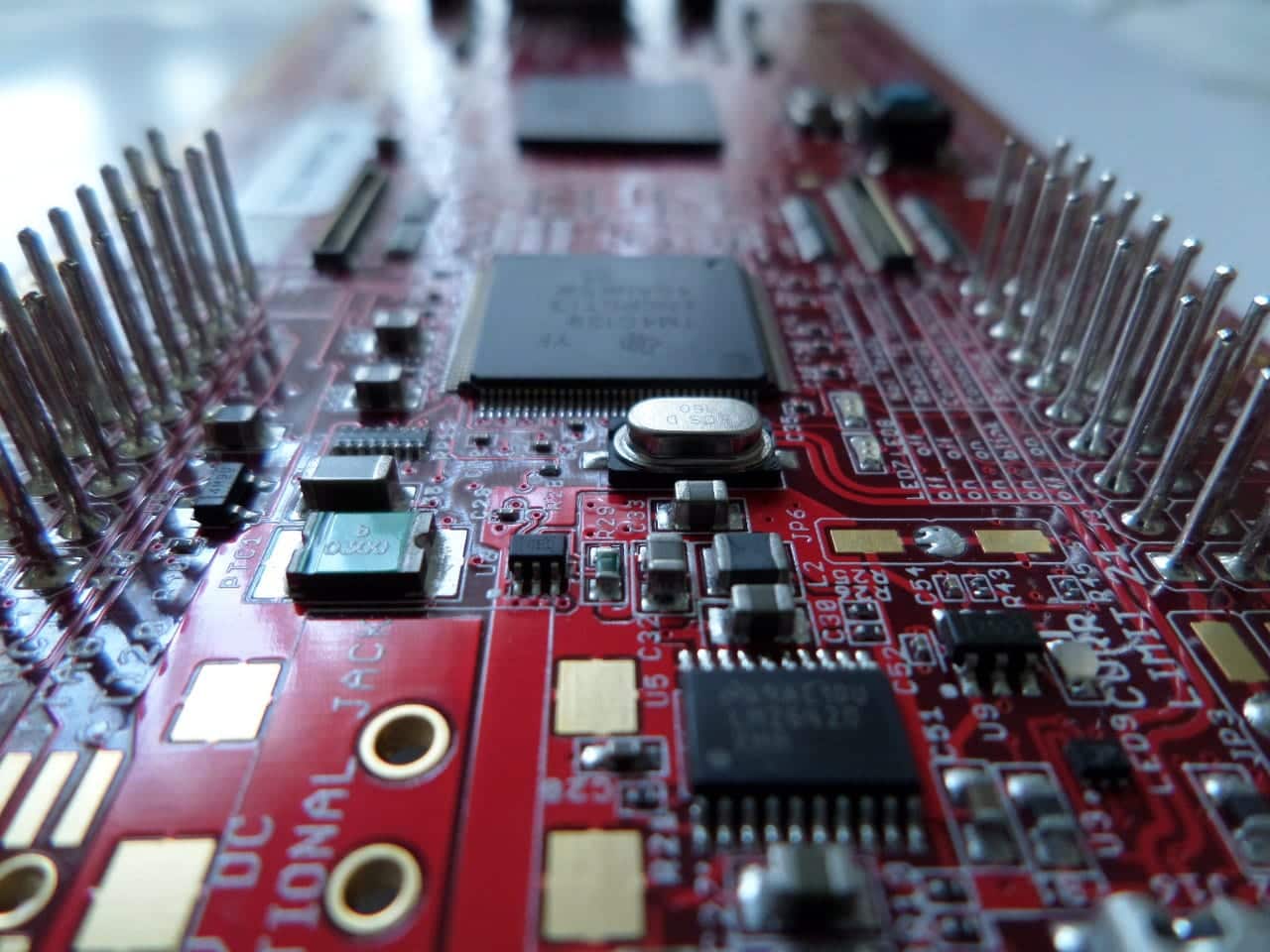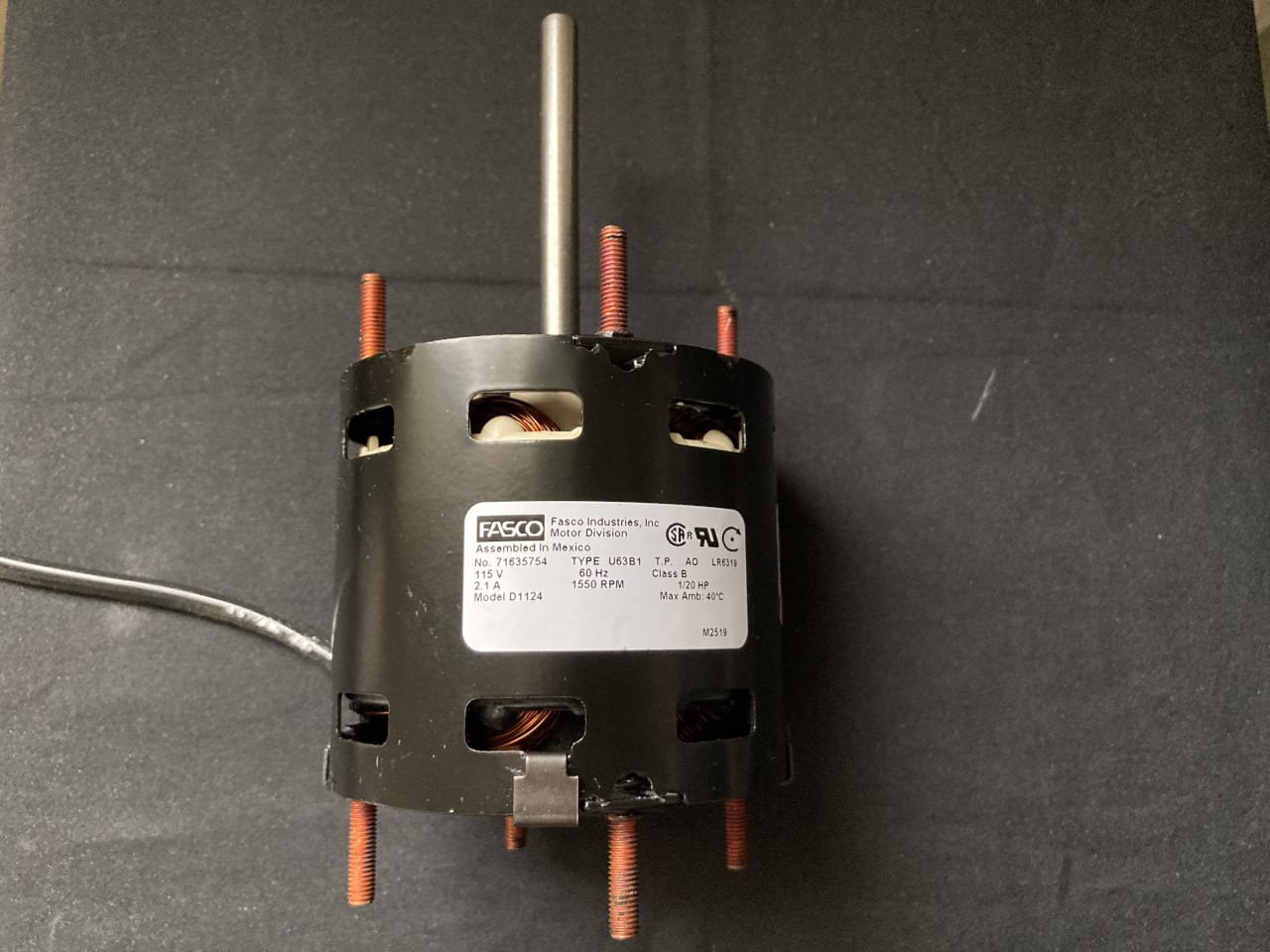Smart home automation has been around for years now and is continually becoming more popular and mainstream. However, regardless of these advances, there are still many myths about these tech products and their usage.
If you’re a bit skeptical about getting in on the trend of smart home gear, or just want to know how to separate fact from fiction, it’s wise to understand the most common myths floating around, and what the truth is behind them.
Smart Homes Are Only a Fad
With so many new things coming out in the world of technology annually, many of which do not last, it’s no wonder one pervasive myth about smart homes is that they’re just a fad. Numerous people write off the tech as a waste of money, but the truth is that smart home gear has been around for many years and continues to grow in popularity.
Recently, internet-connected devices for the home have become larger in number yet lower in cost, which means more people than ever before can afford to buy them. More and more big tech firms are investing in this sector, too, which shows it’s likely to be around long term.
While it’s true that there are always going to be some gadgets that don’t deliver on their promises, in many cases, connected devices have a variety of useful functions and satisfy consumer demand. Plus, as smart-home tech keeps improving, too, the products become more user-friendly and reliable.
Internet Connected Devices Are Always Secure
Since smart-home gadgets are so new and popular now, many consumers mistakenly believe that such devices are also going to be incredibly secure against hackers. Although some of the established, trusted manufacturers (and some others) take security seriously and keep looking for ways to make their products more resistant to hacks, the same cannot be said of all smart gear.
Furthermore, even the most secure devices at a manufacturing level won’t keep cybercriminals out if users don’t take the necessary steps to protect themselves. If technology is well-designed, but owners of it don’t bother to change the default user settings, create a hard-to-crack password, and use security software and effective smart device managers to keep hackers out, they’re leaving themselves open to risk.
You Can Easily Set Up a Smart Home by Yourself
Another myth that abounds in the world of smart-homes is that anyone can set up an internet-connected property and that doing so doesn’t take any specialized training. Now while there are certainly numerous products that are very user-friendly and can be implemented without too much trouble, this isn’t the case for everything.
If you want to set up a comprehensive smart home but don’t have experience with DIY or setting up technical products, it’s best to hire someone who has the necessary training and expertise in this area. Sometimes changes need to be made to your home, such as the installation of new, appropriate wiring. This typically needs to be installed by an electrician or builder, and legally you should not touch live wires yourself unless properly qualified. If you’re not sure how to find a trusted contractor to help you get your systems sorted, ask product manufacturers or department stores and home depots and the like for referrals.
Smart Homes Are Only for the Rich
When many people think about smart homes, they only picture wealthy consumers with mansions and millions of dollars in the bank having them. This situation is not the case, though. The myth of smart homes only being for the rich may have come about because years ago, when in its infancy, the tech was very costly. Today, though, smart-home products are affordable, even for those on a tight budget.
To clarify, there are still certain items with steep price tags. Also, if you decide to fit out your home with everything internet-connected and brand new in the field at once, you’ll need significant savings. However, relatively speaking smart-home gear isn’t that expensive anymore and typically costs less than things like a home renovation, overseas trip, the latest laptop, or a new wardrobe.
Smart home products have grown in popularity because their quality and price have become more favorable, and increasing numbers of consumers have discovered just how much this kind of tech can be a joy to use. If you’re interested in buying some internet-connected devices for your home this year, make sure you know the facts from the fiction.







